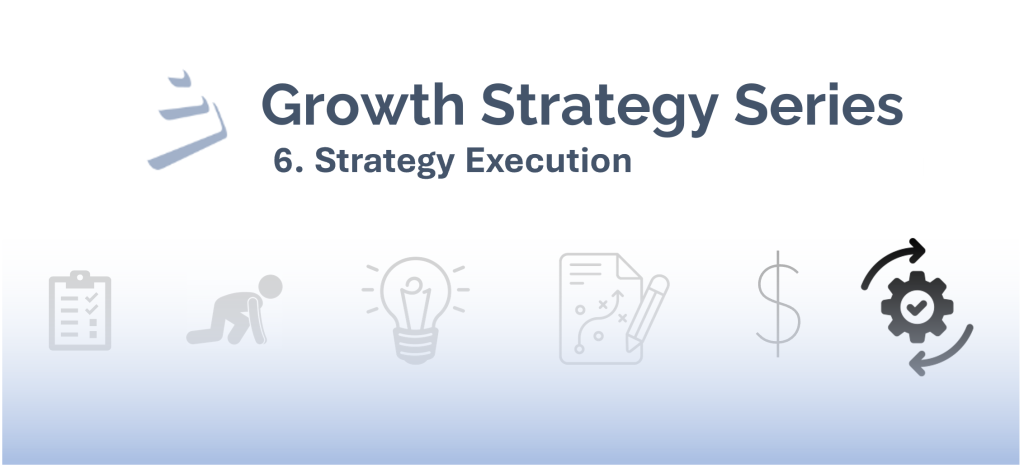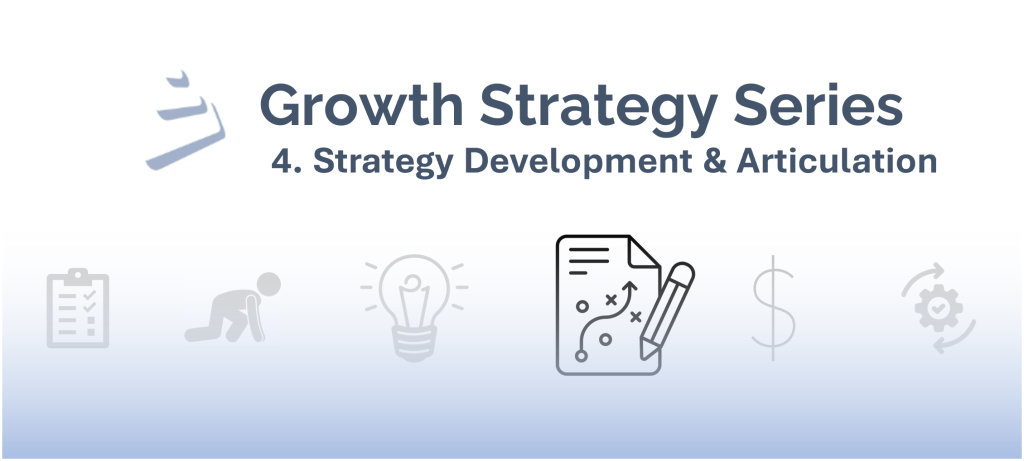In many companies today, marketing seems to have two meanings. Marketing means advertising, digital communications, social media, sponsorships – in short, communication to and engagement with the target consumer. This is often how sales sees marketing, as support to generating sales.
I get worried, however, when this is how marketing sees marketing. I get especially worried when marketing sets about the task of communicating an offer without realizing that the offer hasn’t been defined.
Put that way, this sounds ludicrous, right? How can smart people attempt to communicate an offer that hasn’t been defined? Easily, I’m afraid. There are degrees of offer definition. At the most basic level, if you have a product and a price, you have an offer. If the product is in demand at the established price point and there is no competition in sight, then the most basic level of offer definition can work.
However, if the product benefits aren’t self-evident, there is competition selling the same product or if your offering comprises more than one variety of a given product type, then offer definition must go deeper. Offer design at this level is the heart of strategic marketing.
Why is this the heart of strategic marketing? Because any commercial enterprise begins and ends with being able to sell something that someone wants and can’t get in the exact same way from anyone else. Without an offer, there is no business. Get the offer right and commercial success can result. The essential job of the strategic marketer is identifying both sides of this potent equation: the consumer need and an offer designed to meet that need. Once the need is identified, the offer designed, and the offer ready for the marketplace, then, and only then, is it time to advertise and engage the audience.
It’s hard to disagree with my premise that you need to know what you’re selling before you sell it. What does “knowing what you’re selling” actually consist of? To answer this, it’s helpful to put your sales hat on. Imagine your consumers (or customer) is sitting across the table from you. You need to be able to:
- Express your understanding of their need and how they hope to benefit from getting that need me
- Explain how your offering was designed to meet consumer’s needs
- Make the case for why your product not only meets consumers’ need, but does it better than competitors’ offerings
- Reinforce why the consumer will benefit emotionally from your offering more than from a competitors’ offerings
- Recommend the specific variety of your offering that will best meet the consumer’s needs
- Make the case for why your company is uniquely qualified to deliver this offering
Product design work, then, is developing the content to address these questions. Before communicating to or engaging consumers, each of these content areas needs to be worked out. This is where strategic marketers work closely with market researchers to understand consumer needs, business planning to confirm ample target audience size, finance to confirm that reasonable pricing can generate the margin required and R&D to deliver the product with the features required.
Sales will always want more advertising, sponsorships, social media presence, etc. This is, after all, their air cover. But what truly fuels sales success is designing and delivering an offering that consumers find unique and compelling. That is the essential job of a strategic marketer.


